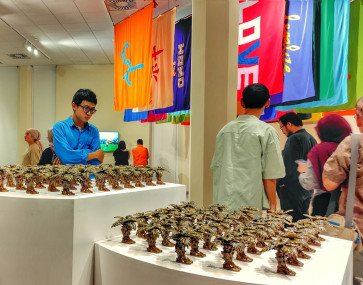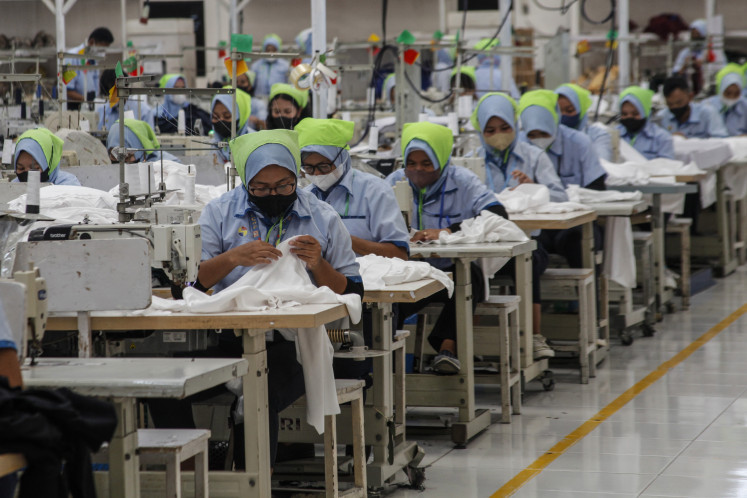Popular Reads
Top Results
Can't find what you're looking for?
View all search resultsPopular Reads
Top Results
Can't find what you're looking for?
View all search resultsPublic projects, consumer buys to revamp suffering PC market
The adoption rates of the personal computer (PC) by consumers will reenergize the personal computer market as the year moves into 2013, after the market suffered a dip in the third quarter of 2012, analysts say
Change text size
Gift Premium Articles
to Anyone
T
he adoption rates of the personal computer (PC) by consumers will reenergize the personal computer market as the year moves into 2013, after the market suffered a dip in the third quarter of 2012, analysts say.
Data compiled by International Data Corporation (IDC) shows that PC shipments — consisting of desktops and notebooks — reached 1.19 million in the third quarter of 2012, 8.3 percent down from the second quarter, and 4.5 percent lower than the same period last year.
Deddie Sionder, client device market analyst at IDC, said that PC shipments dropped during the third quarter as they “channel partners began to focus on clearing their current inventory”, which had burgeoned in the past quarters.
“Additionally, a less-than-robust economic quarter also discouraged channel partners from ordering fresh shipments,” he added.
Based on data from Bank Indonesia, GDP growth in the third quarter touched 6.2 percent, or a nudge lower than the 6.3 percent estimated annual growth. Meanwhile, foreign direct investment (FDI) was at US$5.8 billion.
The level of FDI has affected the PC market given that enterprises, through large scale PC purchases, contributed two-thirds, or $10 billion, to the $15 billion estimated information technology (IT) spending in Indonesia this year, Deddie noted.
“Consumer spending on IT equipment contributes the remaining one-third, or equal to $5 billion,” he added.
He further said that computer purchases by the government had been deferred after government projects, especially those related to the education department, had suffered delays, stopping PC inventories from moving out.
However, Sudev Bangah, head of IDC Indonesia operations, said that the PC market would pick up as consumers adopt technology further.
“Consumer models are also expected to ramp up, as the ripple effect from the slight uptick in sales for September is expected to continue through the end of year holiday period,” he said.
Microsoft Corporation launched their latest operating system, Windows 8, in October. Around 10 PC brands, including Lenovo and Acer, have released new notebooks
running on Windows 8.
PC penetration in Indonesia, which has a population of approximately 240 million people, is still at a low 20 percent. Comparatively, roughly 200 million people have mobile phones, which have acted as the main access point to the Internet.
Bangah further added that on top of purchases by the consumer segment, plans by 35 percent of the enterprises surveyed to increase PC purchases in the near future would revamp the PC market.
“As the commercial segment begins to enjoy the benefits of ICT enabling and transforming their business, the drive for inter-connectivity and an evolving workforce will continue to drive the uptake of PCs within the commercial segment,” he said.
He further added that the trend of “bring your own devices [BYOD]”, or the trend among workers to use their personal devices at work, was the evolution the workforce was experiencing.
Furthermore, the fulfillment of delayed public sector projects would drive inventory movement in the fourth quarter, he said.
Meanwhile, PC vendor Acer has maintained its lead in the Indonesia market with a market share of 27.9 percent. Asus sits in second place with a market share of 15 percent while Lenovo grabs third place with a market share of 8.5 percent.










